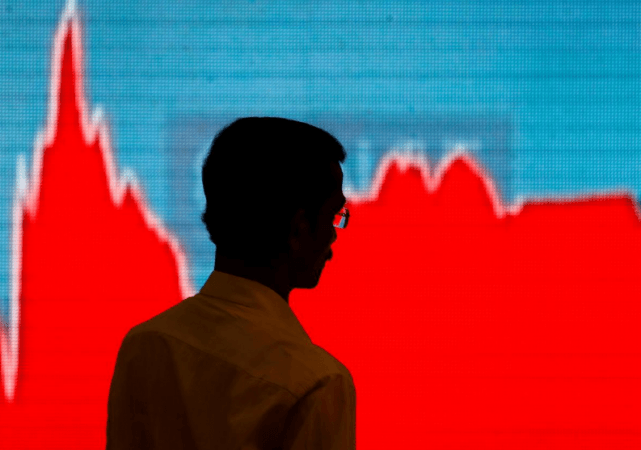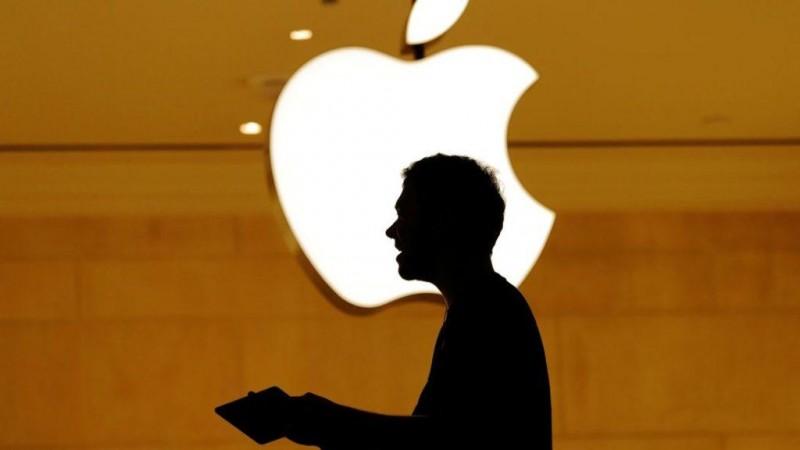
Yes, Apple and Tesla are splitting stocks on August 31, and if you see after this announcement earlier, the share prices of both companies have risen. Why is splitting of stocks made to look as if it's a big deal? Is it a big deal? What is the reason behind the rise in share prices?
What is a stock split? What is a stock split ratio?
In a stock split, one stock share is converted into multiple stock shares as per a set ratio, which is called the split ratio. Now, the common split ratio is 2-for-1 or 3-for-1. In a 2-for-1 split, the company doubles up the total number of shares that are outstanding, which means the shareholders get two shares for every one share owned prior to the announcement of the split. This in turn, means each share should be worth 50% less after the split.
Why do companies split stocks?
Stock splits are implemented by the senior leadership team to lower the company's share price. Now how does lowering of share price help investors? Reducing the share price makes the stock available to a large number of investors.

This means investors will not have to pay $2,000 to own a single share of Tesla, for example, but be lured to invest if that same share was priced at $400 instead.
This price point makes the stocks more accessible, creates demand from investors, and in turn contributes towards improving liquidity. Improved liquidity will make stock-buying more valuable for investors, even if the company's ability to produce profits hasn't changed.
This is certainly the case in the Apple-Tesla stock split, wherein the share prices have increased by 25% for Apple and Tesla by more than 45%. This growth isn't accurate to showcase general optimism of investors, but if you see in the same period, the S&P 500 has only risen by about 4%.
Apple-Tesla stock split
Apple announced that it will split its stock on a 4-for-1 basis, which means the company's existing shareholders will receive three additional shares for every one share they currently own. This in turn, would mean that the value of each share should drop by 75% post-split, which means the value of four shares owned post-split would approximately be of the same value, as of one share owned prior to the split.

Currently, Apple is trading around $500 per share, and post-split on August 31, we estimate the share price should drop to about $125. Post August 31, the stock will be trading on a split-adjusted basis.
Tesla on the other hand, has decided to split its stock on a 5-for-1 basis, and the company's shares are currently trading at above $2000. We anticipate that post-split on August 31, the share price would drop to about $400.
What does this stock split mean for investors?
While the number of shares outstanding does change during a stock split affecting the share price, these do not affect a company's market capitalization or a company's underlying fundamentals.
The existing shareholders in this case will be owning more shares but the worth of each share will be proportionally less. The total value of an investor's position does not change because of companies stock split.
However, what changes is the per-share cost basis for existing shareholders. If a shareholder decides to sell some stocks post the stock split, then the cost-basis will have to be adjusted properly to calculate accurate capital gains from the sale.
Suppose, you purchased 20 shares of Apple prior to the split for $8000, and post-split, it equates to $400 per-share cost. Then the 20 shares owned prior will be converted into 80 shares (increase in number of shares), but the per-share cost of share will be reduced to $100.














